In recent years, the Chinese museum industry has developed strongly, along with that, visiting museums and cultural-historical relics has become a new trend in social life and an indispensable spiritual food for people on weekends or holidays.
According to data released by the National Cultural Heritage Protection Administration of China, by the end of 2024, the country will have 7,046 museums, an increase of 213 museums compared to 2023, reaching a ratio of 200,000 people/museum, of which 91.46% of museums are open for free, welcoming 1.49 billion visitors.
Museums and cultural-historical relics not only serve the spiritual life of the people, but also promote socio -economic development. However, there have been cases of excessive renovation of ancient architectural works for commercial gain, even encroaching on cultural-historical relics. In addition, artifacts displayed in museums, or antiques at cultural-historical relics, have also become targets of criminal activities.
In 2024, Chinese authorities investigated and solved more than 940 cases related to the excavation, theft, illegal trading, and damage to antiquities, helping to recover more than 16,000 antiquities of various types.
Heritage protection is a top priority
Faced with the new situation of growing development trends, increasing demands and increasingly serious infringements, China continues to improve its legal system related to the protection of cultural heritage.
Specifically, at the end of 2024, China will comprehensively amend the Law on the Protection of Cultural Heritage promulgated in 1982, accordingly amending 75/80 articles, adding 19 articles and officially taking effect from March 1 this year, to strengthen protection work, promote scientific research, and promote the value of cultural heritage. These include regulations on requirements for the protection of cultural heritage such as: considering heritage protection as the top priority task, strengthening heritage management, exploiting heritage values, and creating new vitality for heritage.
According to the Law on Protection of Cultural Heritage, all agencies, organizations and individuals have the obligation to protect cultural heritage. Because cultural heritage cannot be regenerated, protection is always a top priority in the process of building, renovating infrastructure and developing tourism , to avoid being damaged and over-exploited commercially.
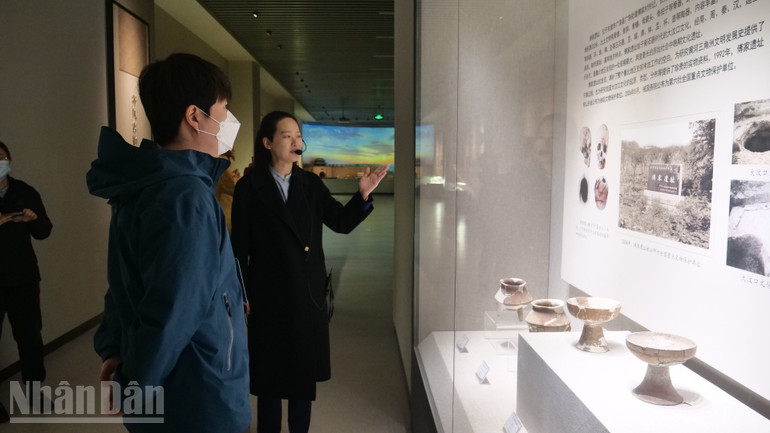
The effectiveness of the law is demonstrated in the implementation process. The law is only truly effective when more and more people know the law, understand the law, and comply with the law.
As a state management agency in the field of museum management, protection of antiquities and cultural heritage, the National Bureau of Cultural Heritage Protection under the Ministry of Culture and Tourism of China will continue to promote the dissemination of the Law on Cultural Heritage Protection so that people can understand and comply with the law; strengthen inspection and supervision of the responsibility of the managing unit in the protection of cultural heritage and antiquities; develop a set of standards on responsibilities and tasks, and at the same time train and improve the professional qualifications of the protection force; clearly define the boundaries of restrictions and strictly prohibit access to cultural antiquities; strengthen protection work against unexpected incidents and potential risks; promote the application of high technology; focus on protecting rare and vulnerable antiquities; encourage museums to strengthen international cooperation and exchange.
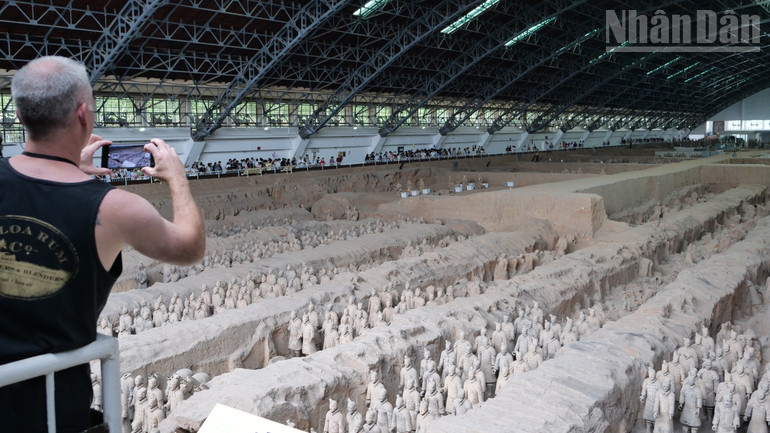
On the other hand, the National Bureau of Cultural Heritage Protection also applied high technology for the first time to monitor cultural relics, installing sensor security cameras at all of China's world cultural heritage sites as well as national-level historical and cultural relics nationwide.
In addition, the National Department of Cultural Heritage Protection will speed up the issuance of documents guiding the implementation of the law, as well as propose amendments to other legal documents such as "Regulations on the management of artifacts in museums", "Regulations on the management of entry and exit of artifacts"...
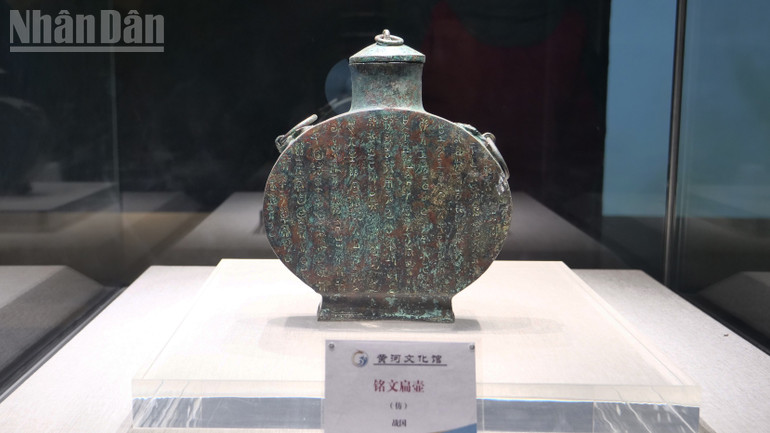
In the coming period, after the Law on Cultural Preservation (amended) takes effect, the National Department of Cultural Heritage Protection will focus on reviewing security and safety risks, applying high technology to the supervision of cultural relics, and at the same time strengthening the investigation and handling of cases of infringement of cultural relics.
The Palace Museum is a pioneer in preserving antiquities.
As one of the 40 world cultural heritages, the Palace Museum (also known as the Forbidden City ) is one of the destinations not to be missed when traveling to Beijing. Covering an area of 860,000m2 with 1,050 architectural works, the Forbidden City is the largest and most intact palace architectural complex in the world.
Up to now, the Palace Museum is preserving a huge treasure trove of antiques with a total of 1,863,404 artifacts, including 377,440 ceramics, 181,709 textiles and embroidery, 159,728 bronze objects, 53,150 paintings, 48,626 religious antiques, 31,795 jade objects, 11,649 gold and silver objects, 6,617 enamel objects, 5,070 seals of emperors and empresses, 1,134 precious stone works....
Faced with the attraction of the Forbidden City, the demand for visiting the Forbidden City of domestic people and foreign tourists is increasing, this has posed a double problem of both preserving and maintaining the current state of architectural works and artifacts in the face of objective factors from the natural environment, and ensuring security and safety against potential risks and dangers from subjective human factors.
To solve this problem, the Palace Museum has built a cultural heritage protection system with many measures from proactively controlling and limiting the risk of heritage damage, to analyzing and assessing potential risks that may occur to artifacts.
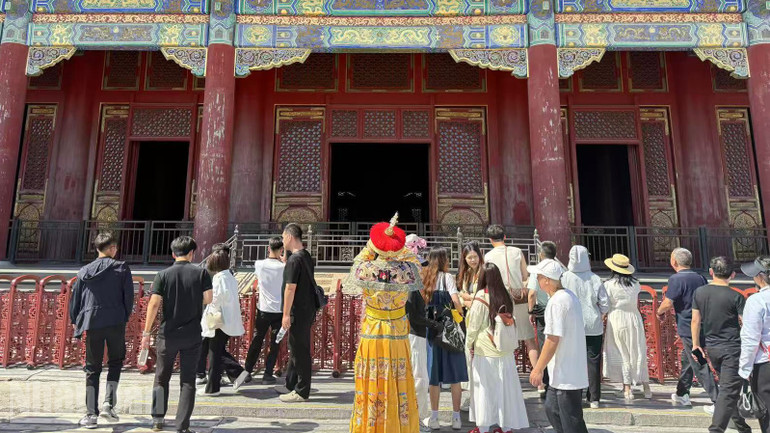
The Forbidden City does not pursue ticket sales revenue, but pursues the goal of controlling the number of visitors to create a safe, orderly and comfortable visiting space for visitors. Accordingly, tickets will only be sold 7 days in advance with a certain number of tickets available for sale via the app within a certain time frame. After successfully booking tickets, visitors need to bring their identification documents to the ticket gate to check and match the information booked to be allowed to visit. In 2024, the Forbidden City welcomed about 15 million visitors, an average of about 46,000 visitors per day.
In addition, the Forbidden City also carries out risk monitoring to prevent and stop damage to treasures. That is, it is necessary to monitor the deterioration of the artifacts over time, as well as monitor changes in the environment. The environment here includes the natural environment and the socio-economic activities where the artifacts are displayed.
The Forbidden City welcomes a large number of visitors every year, which has a significant impact on the architecture and artifacts due to changes in temperature, humidity, CO2 , microorganisms, etc. This is a challenge that the Forbidden City must face. Therefore, the Forbidden City has implemented measures to assess and analyze risks through daily patrols, periodic inspections, and thematic monitoring.
Along with that, the Forbidden City has also reformed its management methods and gradually built emergency response and handling plans in situations of rain, floods, storms, fires, insect damage and human sabotage based on the results of analysis, research and assessment of weather changes, the laws of artifact degradation and human behavior.
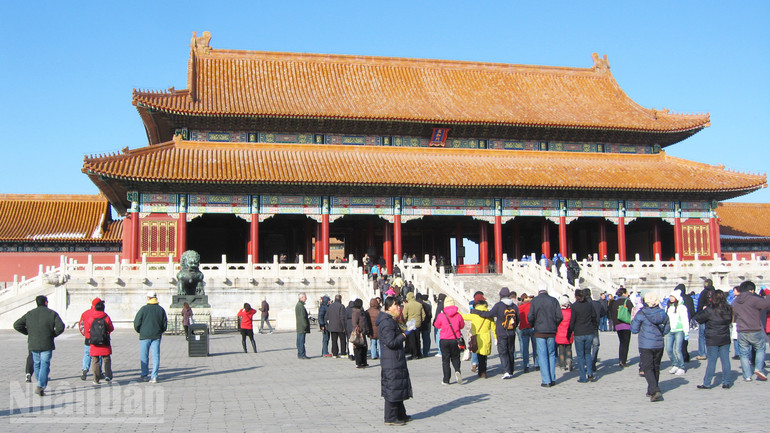
Digitization is also an important measure to protect artifacts. In cases of force majeure, artifacts can be completely damaged. Therefore, creating a database of information about artifacts will help restore and revive them. Protecting artifacts is a race against time, one day all artifacts can disappear, so digitization can help them "immortal" in the digital space environment.
At present, the Forbidden City has established an information database of all 1.86 million artifacts; videotaped 850,000 artifacts; and completed high-resolution 3D models of more than 1,500 artifacts. Meanwhile, the progress of digitizing architectural works is a bit slower, mainly because the scale of the works is large, the structure is complex, the patterns are numerous, while the requirements for related technical parameters must be met very high.

In recent years, the work of protecting cultural heritage has achieved encouraging results, but the fields of basic research and applied research in protecting cultural heritage are still relatively scattered. Therefore, the requirement is to have a national key research center on protecting cultural heritage.
According to the recommendations of the managers, this will be an interdisciplinary scientific complex, where human resources for cultural conservation in all fields can be gathered, forming a closed chain of cultural heritage protection from basic research to technology development and application of research results into practice. In particular, focusing on research on key issues such as materials and structures of antiquities, mechanisms and principles of degradation of antiquities; solving technological bottlenecks in maintaining and enhancing the "lifespan" of treasures, digitizing and building information databases... to form a system of theories and methods for protecting cultural heritage suitable to the situation of the country.
Source: https://nhandan.vn/kinh-nghiem-cua-trung-quoc-trong-viec-bao-ve-di-san-van-hoa-post885211.html





![[Photo] Cuban artists bring "party" of classic excerpts from world ballet to Vietnam](https://vphoto.vietnam.vn/thumb/1200x675/vietnam/resource/IMAGE/2025/6/26/797945d5d20b4693bc3f245e69b6142c)



![[Photo] General Secretary To Lam receives Australian Ambassador to Vietnam Gillian Bird](https://vphoto.vietnam.vn/thumb/402x226/vietnam/resource/IMAGE/2025/6/26/ce86495a92b4465181604bfb79f257de)




![[Photo] Candidates take the first graduation exam with the new Literature topic](https://vphoto.vietnam.vn/thumb/402x226/vietnam/resource/IMAGE/2025/6/26/dfded9e317554c25a3e26defe672ebb7)
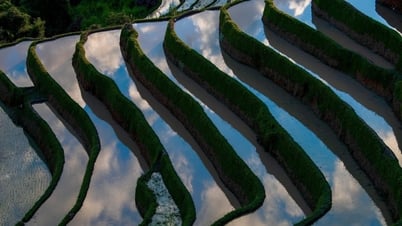





![[Photo] Cuban artists bring "party" of classic excerpts from world ballet to Vietnam](https://vphoto.vietnam.vn/thumb/402x226/vietnam/resource/IMAGE/2025/6/26/797945d5d20b4693bc3f245e69b6142c)

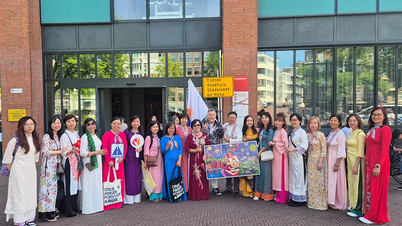


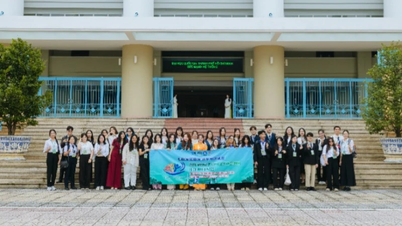
![[Photo] General Secretary To Lam receives Australian Ambassador to Vietnam Gillian Bird](https://vphoto.vietnam.vn/thumb/1200x675/vietnam/resource/IMAGE/2025/6/26/ce86495a92b4465181604bfb79f257de)





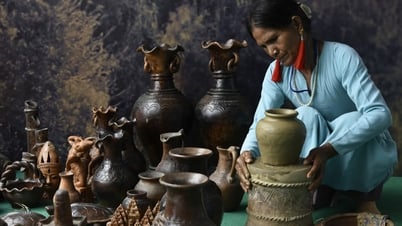


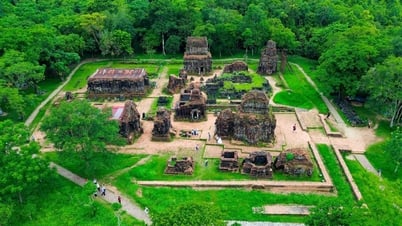


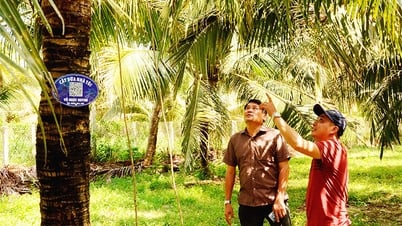























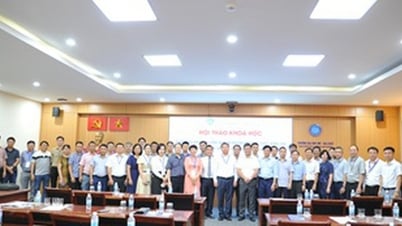





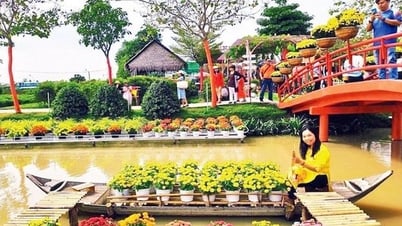


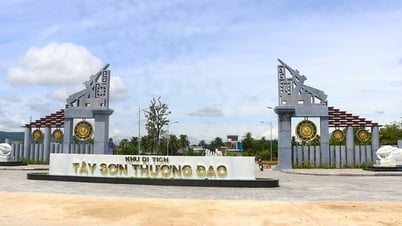









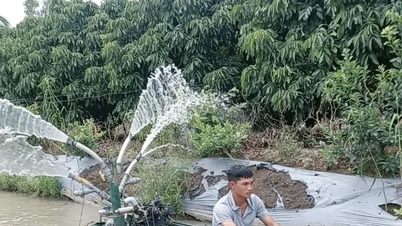












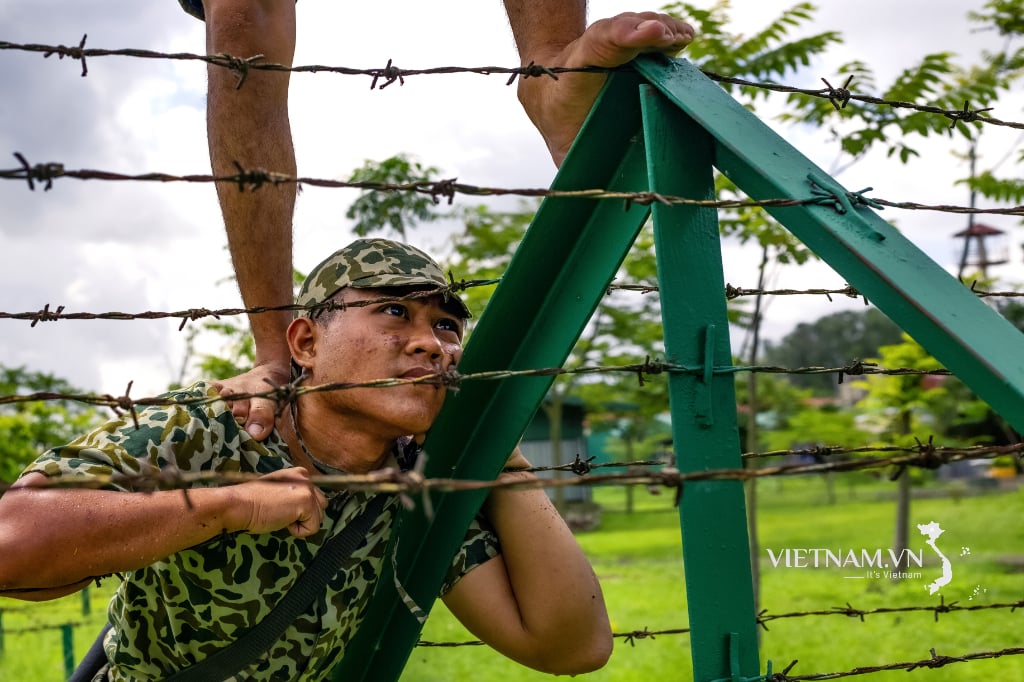

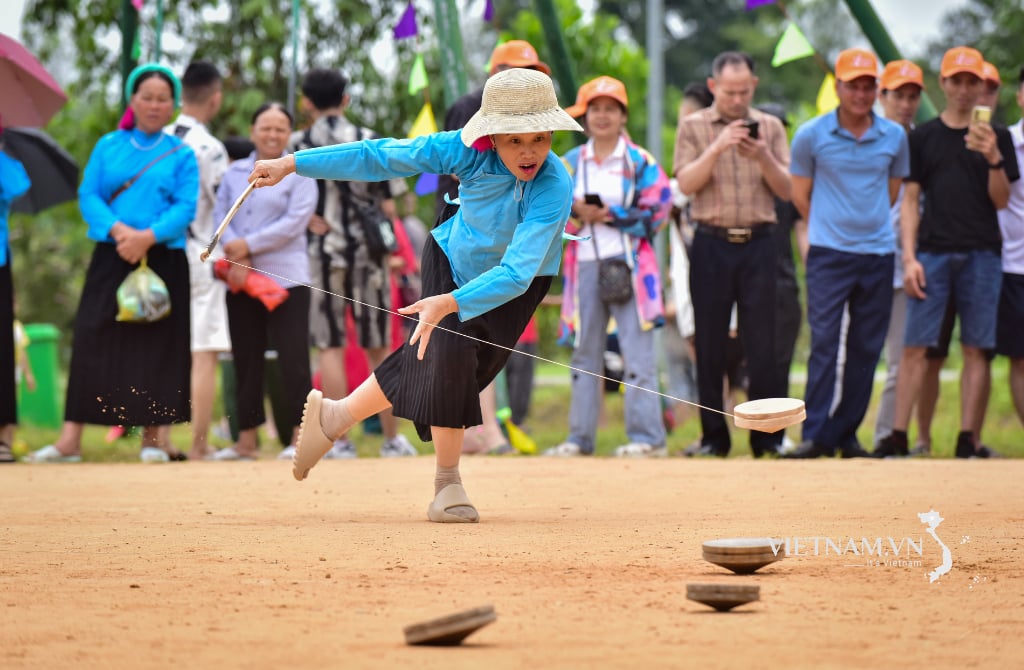
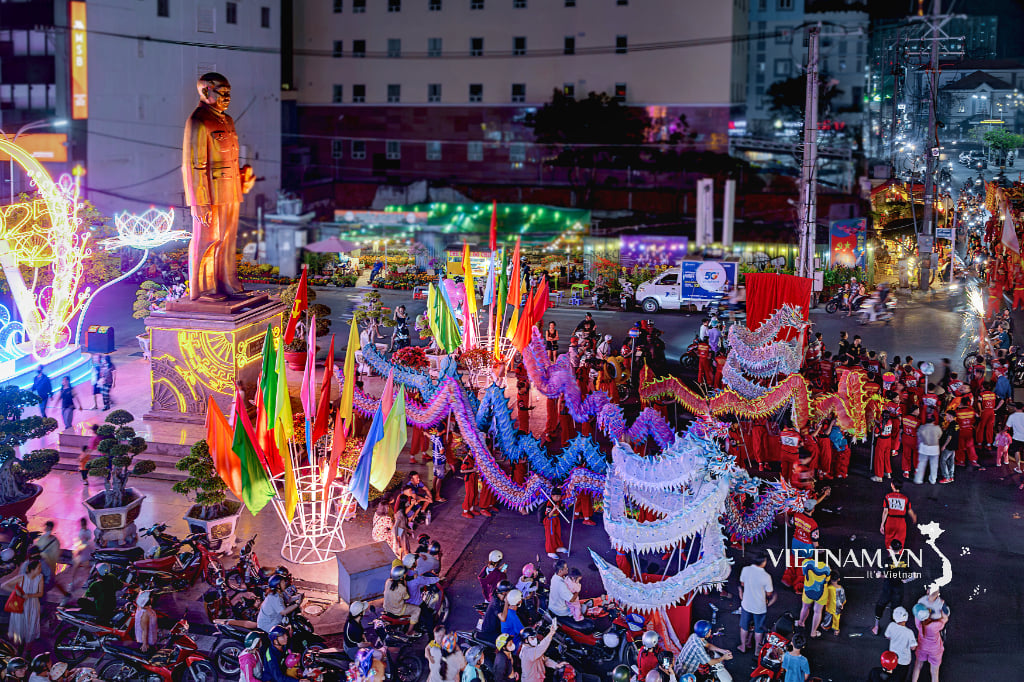
Comment (0)